Small routines can quietly amplify their pain.
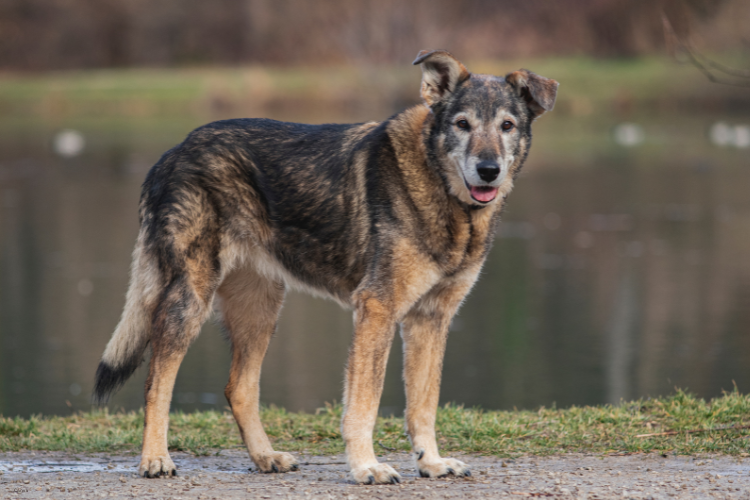
Arthritis doesn’t arrive suddenly in dogs; it creeps in like a slow thief, stealing comfort from their favorite naps and walks. The heartbreaking part is that many of the things we do to show love, extra treats, cozy blankets, skipping walks on cold mornings, can quietly make their joints worse. Understanding those daily habits is the first step in easing their pain instead of feeding it.
Every step, jump, or skipped stretch matters more as dogs age. And while arthritis cannot be cured, it can be managed far better than most owners realize. Knowing which habits quietly worsen their condition can add not just months, but quality to their years.
1. Letting them lounge all day stiffens their joints.
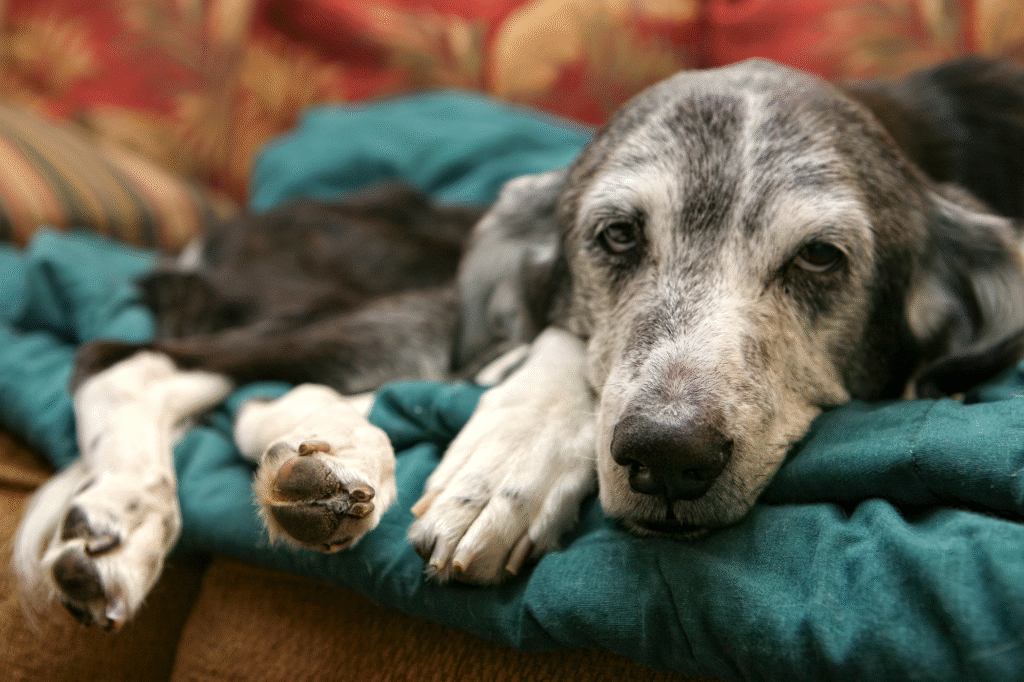
Rest might seem kind, but too much of it works against arthritic joints. Movement helps lubricate cartilage, keeping it from grinding painfully during even short walks. According to the American Kennel Club, gentle daily exercise such as slow leash walks or low-impact swimming keeps muscles flexible and prevents joint stiffness. When dogs are left to lie down all day, their circulation slows, making it harder for nutrients to reach those sore joints.
It does not take much to make a difference, just consistent movement. Think short, steady strolls rather than marathon walks. Owners often underestimate how small bursts of motion can preserve mobility well into a dog’s senior years.
2. Overfeeding them quietly adds pressure to every step.
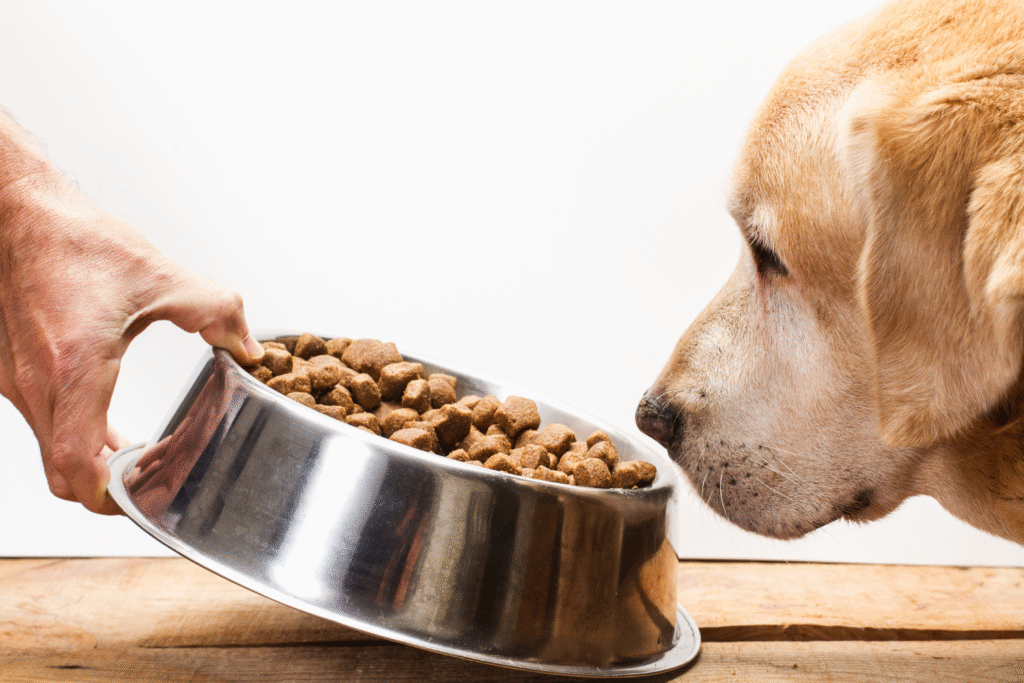
Excess weight acts like a constant anchor, worsening pain with every joint movement. As stated by the American Veterinary Medical Association, even a few extra pounds can double the strain on a dog’s hips and knees, particularly in breeds like Labradors and Beagles. What feels like spoiling with snacks often translates to silent suffering over time.
Portion control, balanced diets, and joint-friendly supplements matter far more than indulgent treats. Every pound lost lightens the load on cartilage that is already thinning with age. It is a simple math most owners do not want to face, but the payoff is undeniable comfort.
3. Skipping joint supplements can speed up deterioration.
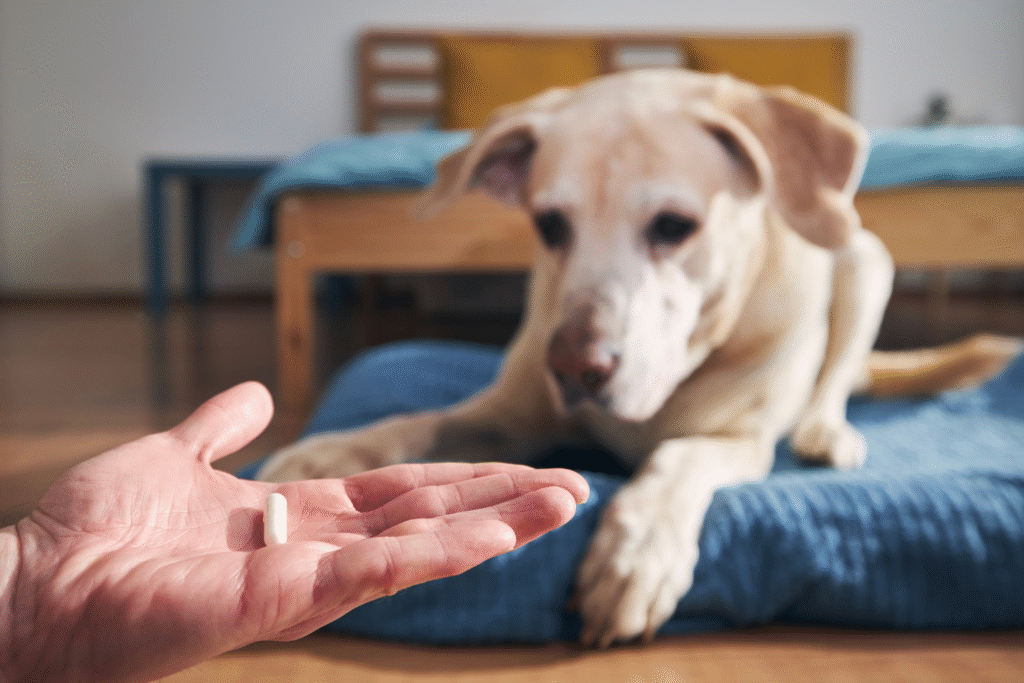
It is easy to overlook supplements when symptoms seem mild. Yet as reported by the Cummings Veterinary Medical Center at Tufts University, compounds like glucosamine, chondroitin, and omega-3 fatty acids can slow cartilage breakdown and reduce inflammation. Dogs that start them early often retain better mobility later in life.
These nutrients do not reverse arthritis, but they help cushion each movement and reduce painful friction. Skipping them for months can mean the difference between a leisurely stroll and a limp that never heals. The earlier they are introduced, the more protective they become.
4. Letting nails grow too long shifts joint alignment.
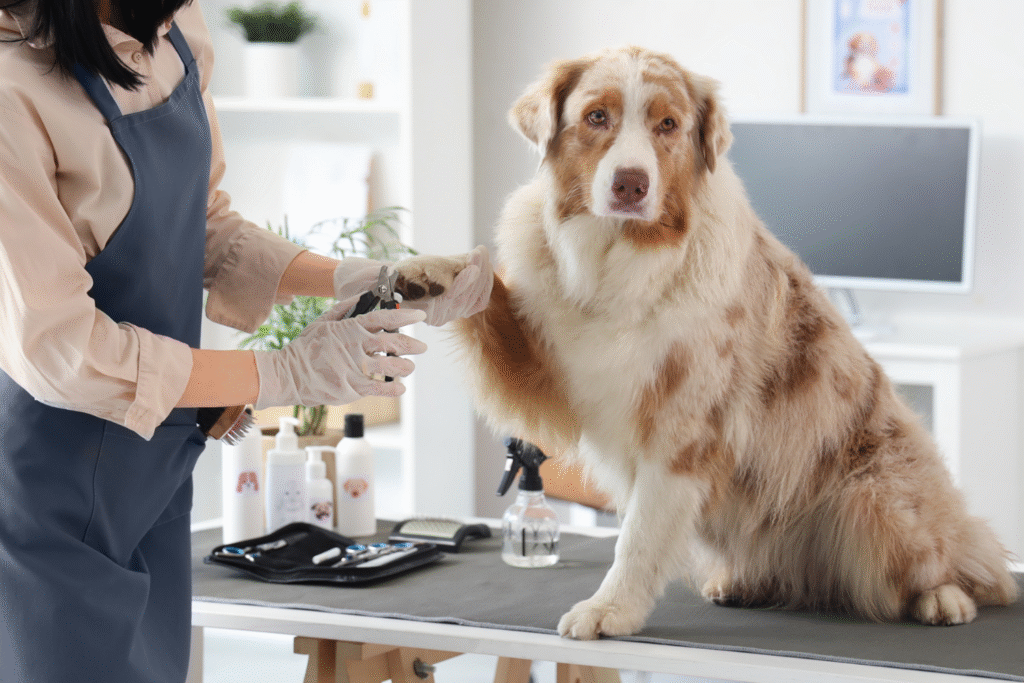
When nails touch the ground, dogs subtly alter their posture to compensate. That small adjustment changes the angle of their joints, increasing pressure in already inflamed areas. Trimming nails regularly helps maintain normal gait and balance. Long nails also snag easily on rugs or uneven ground, jarring their arthritic legs with sudden twists.
Many owners assume long nails are harmless, yet for aging dogs they are the equivalent of walking in shoes that do not fit. Proper nail care is a surprisingly powerful way to prevent unnecessary joint strain and even small injuries that can set back progress.
5. Skipping warm-ups before walks increases their pain.

Older joints need a few minutes to loosen up. Going straight from rest to activity shocks stiff cartilage, often leading to limping afterward. Slow stretching, a gentle massage, or walking in place for a minute can ease that transition. Dogs, like people, benefit from a little warm-up before their joints bear full weight.
Once they are moving, their circulation improves and pain subsides more easily. Think of it as giving the body a gentle warning before work begins. Even a short routine before walks can mean fewer stiff recoveries after.
6. Ignoring cold floors makes stiffness worse overnight.
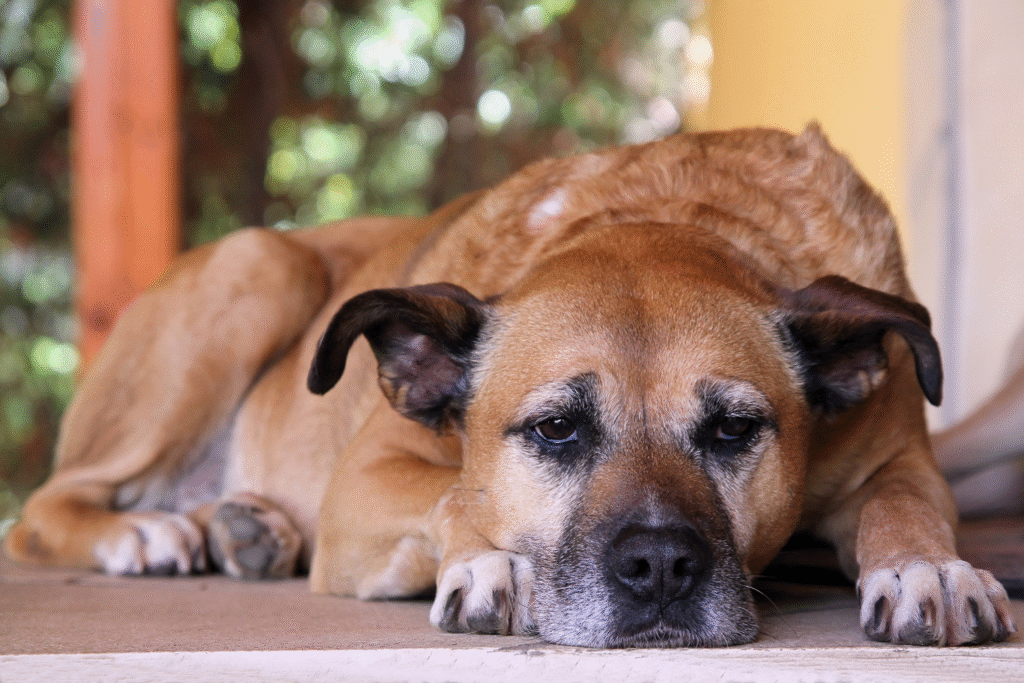
Cold transfers directly into their joints, tightening muscles and slowing recovery. Sleeping on bare floors or thin mats forces their body to compensate for lost heat. Providing orthopedic or heated bedding can dramatically improve mobility the next morning.
Even mild temperature drops can undo daytime progress in dogs with arthritis. A warm, supportive surface helps blood flow and relieves joint compression while they rest. Comfort at night often translates into confidence on their paws by morning.
7. Letting them jump off furniture adds micro injuries.
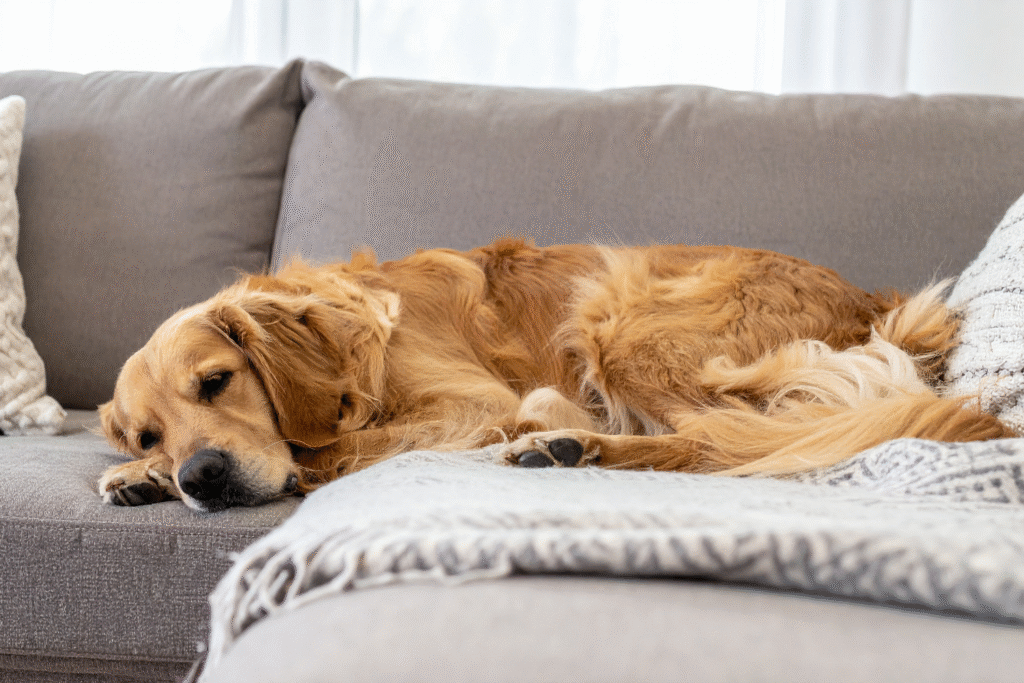
Every leap off a couch or car seat compresses aging joints like a shockwave. The landing jars fragile cartilage and slowly worsens inflammation. Installing ramps or steps can prevent those repeated micro traumas that accumulate silently.
It is not about stopping them from being independent, it is about preserving their ability to keep moving at all. Protecting them from high-impact motions ensures their comfort lasts longer and keeps that playful spark intact even in their later years.
8. Overlooking dental disease can inflame the whole body.
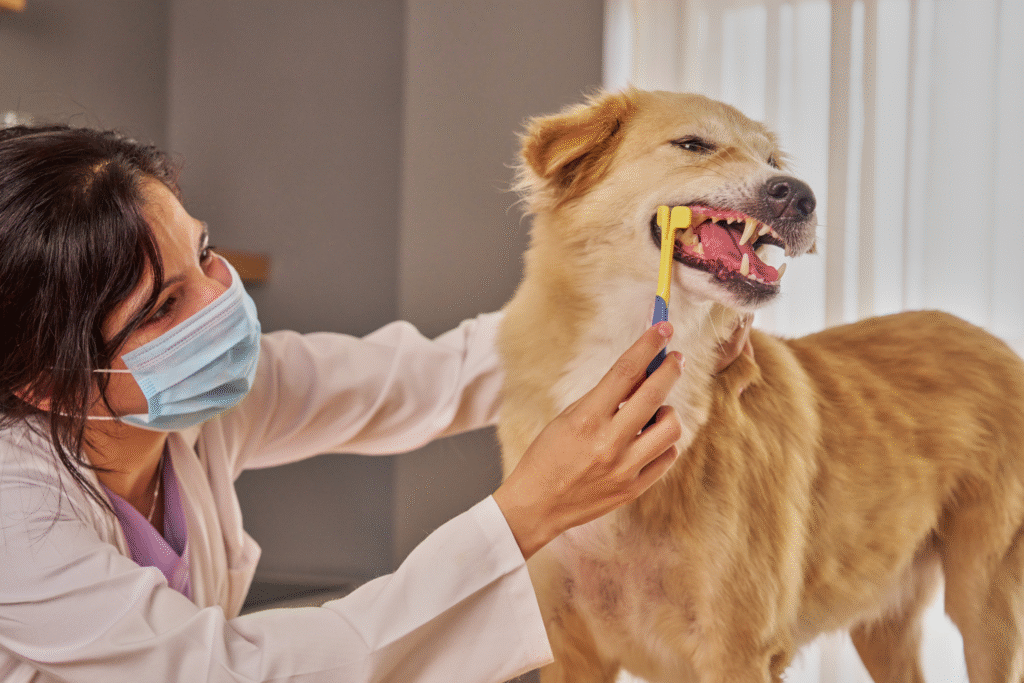
Poor dental health creates chronic inflammation that does not stay in the mouth. Bacteria and immune responses can worsen systemic inflammation, aggravating conditions like arthritis. Regular cleanings reduce that burden and improve overall joint comfort.
It is one of the least expected connections, yet inflammation anywhere in the body affects every part of it. Maintaining oral hygiene is not cosmetic, it is a cornerstone of managing pain in older dogs who already fight daily stiffness.
9. Avoiding vet checkups lets hidden pain progress quietly.
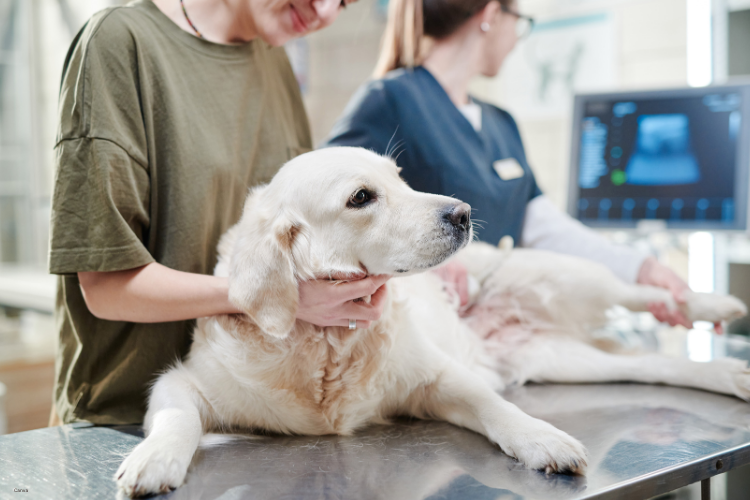
Pain in dogs rarely shows up as crying, it shows up as hesitation, subtle limps, or new habits. Routine vet visits catch those small shifts early, allowing for better treatment plans. Arthritis evolves differently for each dog, and what worked six months ago might no longer be enough.
Keeping up with checkups means adapting care before pain becomes disabling. It is less about reacting to symptoms and more about anticipating them. Prevention and observation go hand in hand for giving aging dogs the mobility and dignity they deserve.
